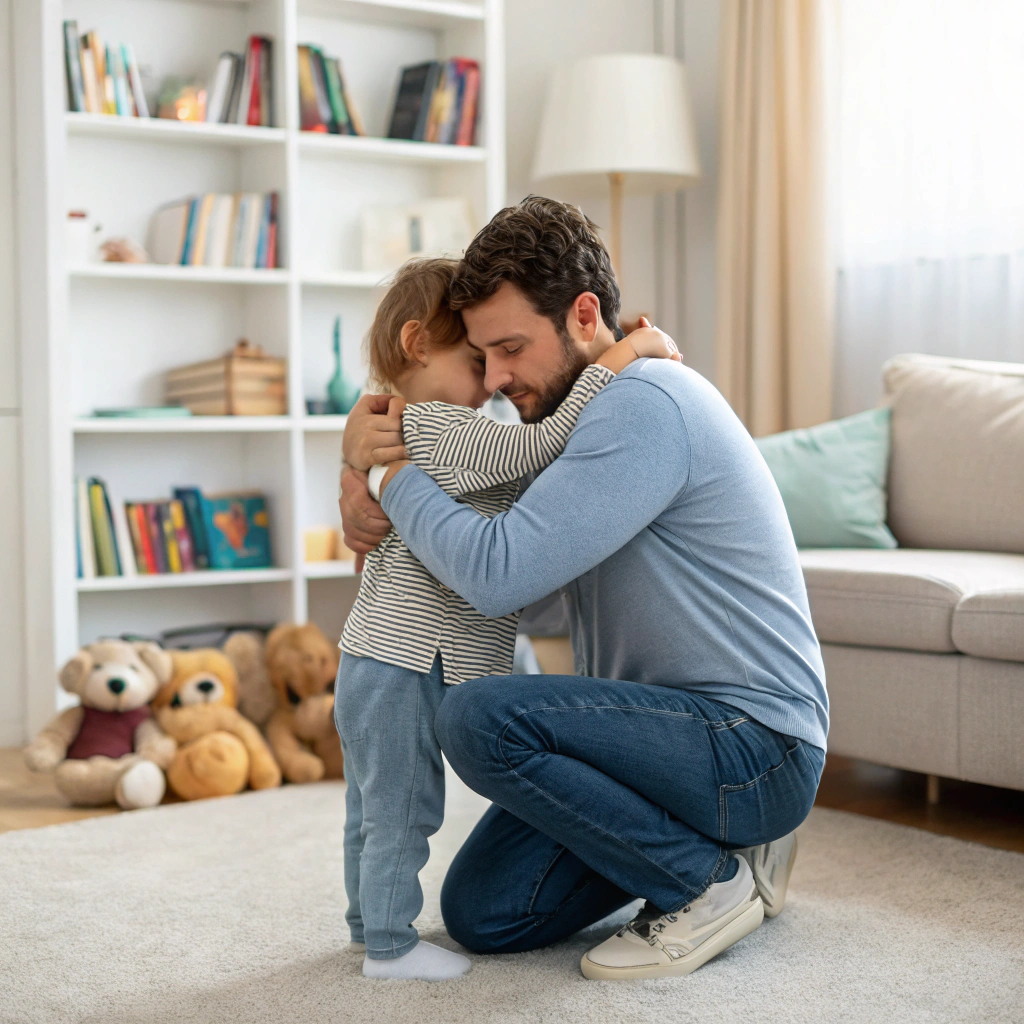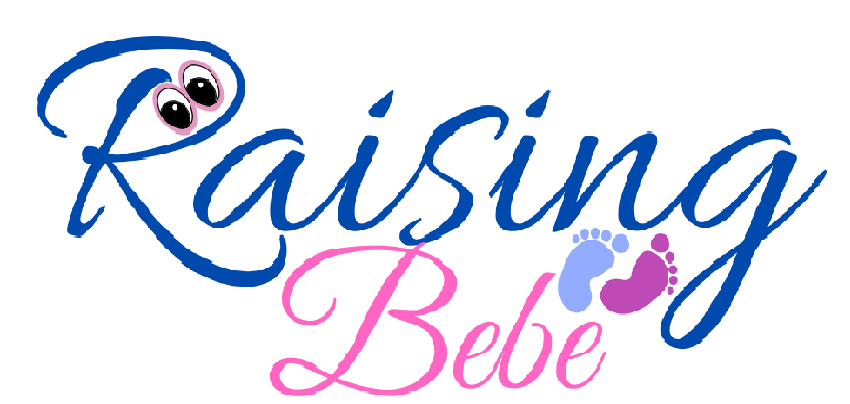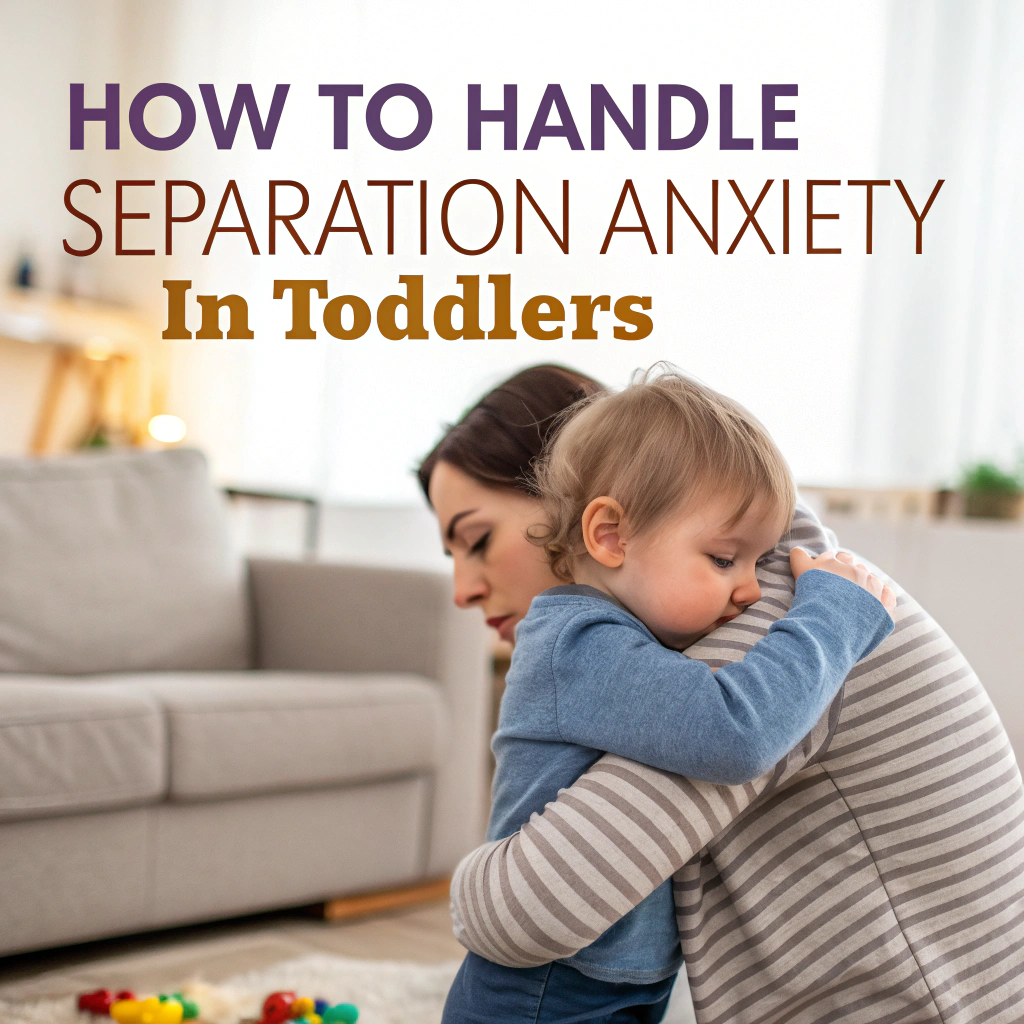Separation anxiety is a common developmental stage for toddlers, often causing distress when they are separated from their parents or caregivers. Whether it’s dropping them off at daycare, leaving them with a relative, or simply stepping out of the room, this anxiety can be challenging for both the child and the parent. Understanding the causes and recognizing the signs of separation anxiety is the first step toward helping your toddler navigate these feelings. With patience, reassurance, and the right strategies, you can help your child feel more secure and confident during separations
What is Separation Anxiety?
Separation anxiety refers to the fear and distress toddlers experience when they are separated from their caregivers. This typically happens when they are dropped off at daycare, school, or even when they are left with a family member for the first time. Separation anxiety occurs because the toddler has not yet developed a full understanding of object permanence—the idea that objects and people continue to exist, even when out of sight.
Around the age of 8 months to 2 years, toddlers begin to recognize that they are separate individuals from their parents, which can increase their anxiety when separated. Separation anxiety may peak at different times depending on the child’s temperament, routine changes, or environmental factors.
Why Do Toddlers Experience Separation Anxiety?
At this developmental stage, toddlers are trying to make sense of the world around them. They start to develop strong attachments to their primary caregivers and can feel confused or fearful when these familiar faces are out of sight. As they grow, toddlers also gain greater awareness of their surroundings, which includes the realization that their parent is leaving the room or the house.
In addition, toddlers may struggle with the concept of time. They often don’t understand how long their parent will be gone, leading to feelings of uncertainty and fear. This can result in clinging behavior, crying, or even physical symptoms such as stomachaches or headaches when faced with separation.
Separation anxiety is also heightened by transitions, such as starting daycare, a new caregiver, or moving to a new home. These major life changes can overwhelm a toddler, causing an increase in their anxiety levels.
Signs of Separation Anxiety in Toddlers
It’s important for parents to be aware of the signs that their toddler is experiencing separation anxiety. Each child expresses anxiety in different ways, but common signs include:
- Crying and Clinginess: The child may cry when their parent prepares to leave, or they might become overly clingy, refusing to let go.
- Physical Complaints: Many toddlers express their discomfort physically by complaining of stomachaches, headaches, or feeling unwell when faced with separation.
- Refusal to Go to Daycare or School: Some toddlers may start resisting or refusing to go to daycare, preschool, or even to sleep if they feel unsafe or anxious.
- Sleep Disturbances: Anxiety often shows up at night, with children experiencing difficulty falling asleep, nightmares, or waking up during the night looking for their parent.
- Tantrums and Outbursts: When they feel overwhelmed, toddlers may exhibit emotional outbursts, including tantrums or anger.
While separation anxiety is normal, these signs can be distressing. Recognizing the behavior and being prepared to respond with love and patience can go a long way in helping your child through this stage.
Effective Strategies for Managing Separation Anxiety
1. Establish Consistent Routines

A predictable routine provides toddlers with a sense of security. When children know what to expect, they feel more in control of their environment. Consistency in daily schedules—such as morning drop-offs, nap times, and evening routines—can help them feel more confident during separations. For example, if your child knows that each morning follows a set pattern of events (breakfast, getting dressed, saying goodbye), they’ll feel more secure when it’s time to part.
Additionally, maintaining the same departure routine helps toddlers know when to expect separation and reduces the anxiety associated with unpredictability.
2. Offer Comfort Items
Comfort items, such as a favorite stuffed animal, blanket, or toy, can act as a security blanket for toddlers during stressful times. These familiar items provide emotional comfort and offer a sense of continuity, helping toddlers feel less anxious when separated from their caregiver. Letting your child bring something from home to daycare or to sleep can be a reassuring way to ease their transition.
3. Practice Short Separations
Start with short separations and gradually increase the length of time apart. This could involve leaving your child with a trusted friend or family member for brief periods before returning. This practice helps toddlers build confidence in their ability to handle separations without becoming overwhelmed. Over time, as your child becomes more accustomed to being apart from you, they will become more comfortable with longer absences.
It’s essential to ensure that the transition is gradual and that you don’t rush the process. Offering praise and positive reinforcement when your child handles separation well will encourage them to trust that they will be okay.
4. Stay Calm and Reassuring
Toddlers are highly sensitive to their caregivers’ emotions. If you show anxiety or hesitation when leaving, your child may pick up on this and feel more unsettled. It’s important for parents to remain calm, confident, and reassuring when saying goodbye. Keep your goodbyes short and positive—be firm in your departure but offer plenty of affection and warmth to ease your child’s fears.
You can say something like, “I’ll be back soon to pick you up. Have a great day!” This kind of message is reassuring without dragging out the farewell.
5. Make Goodbyes Quick and Positive
While it may be tempting to linger and offer extended comfort, it’s better to keep goodbyes short and sweet. Lingering goodbyes can increase anxiety for both the child and the parent. Instead, say goodbye with a positive, confident tone and assure your toddler that you’ll return. If necessary, use a consistent phrase like, “I’ll see you soon” or “I love you, I’ll be back in a little while.”
Avoid sneaking away without saying goodbye, as this can lead to confusion and distrust. Children need to feel that separations are normal and that you are trustworthy.
When to Seek Professional Help?
In some cases, separation anxiety can become more intense and prolonged than expected. If your child’s anxiety persists for several months, causes significant disruptions in daily activities (such as sleep or eating), or leads to behavioral issues that don’t seem to improve, it may be time to seek professional help.
A pediatrician or child psychologist can assess the situation and offer guidance on how to manage your toddler’s anxiety. They can also help rule out any underlying issues that might be contributing to the anxiety, such as sensory processing problems or attachment difficulties.
Conclusion
Separation anxiety is a typical phase in toddler development, but it doesn’t have to be a struggle for either the child or the parent. With a combination of patience, consistency, and the right strategies, you can help your toddler overcome their fear of separation and build a sense of security and confidence. By establishing routines, offering comfort, and practicing short separations, you create a safe environment for your child to explore and grow, knowing they can always return to the safety of your love and support.
With time and reassurance, most children will naturally outgrow this phase, learning that separations are temporary and that their caregiver will always return. This stage can be challenging, but it’s an important step in fostering emotional resilience for both you and your child.

